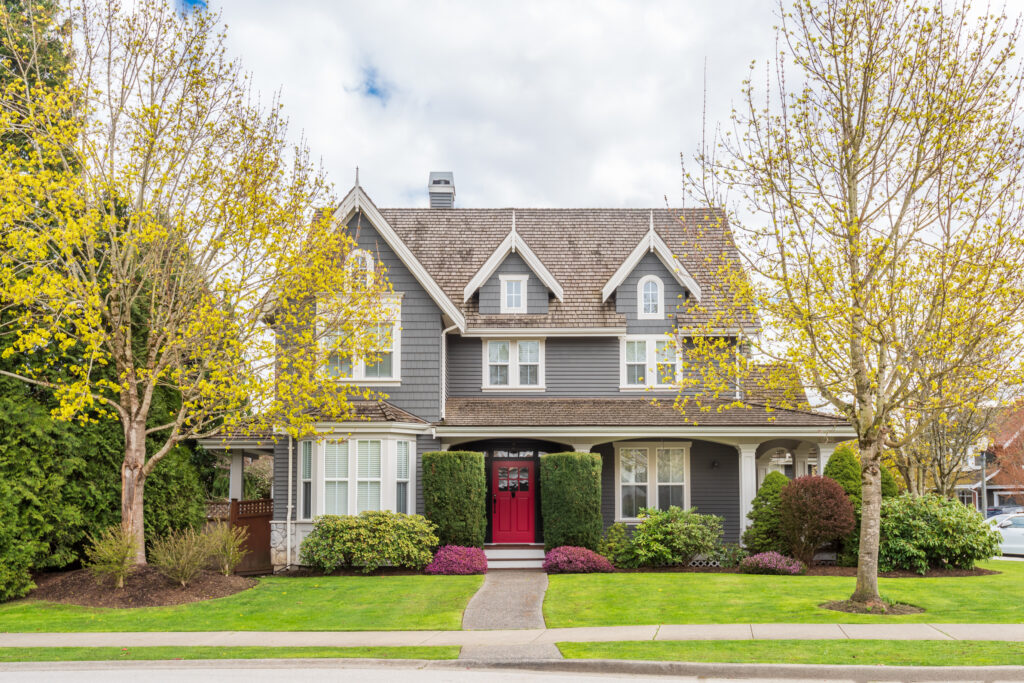Case Study: Turning a Fixer-Upper into $65,000 in Equity
Jessica, a first-time buyer, found a distressed three-bedroom home listed for $175,000. It needed about $30,000 in repairs, which normally would have priced her out. Using an FHA 203(k) loan, she financed both the purchase and the renovations with a single mortgage.
Twelve months later, after living in the home and completing the updates, the property appraised at $270,000. Jessica had $65,000 in built-in equity — created without a massive down payment or out-of-pocket renovation budget.
This is how educated buyers and investors use government-backed renovation loans to build wealth — legally, strategically, and with minimal cash upfront.





